Meetings & Events
Our monthly chapter meetings are held on the 3rd Thursdays January – November. Our meetings are free and open to the public thanks to our members and sponsors. Join us Third Thursdays at 7:00 p.m. at the Houston Arboretum!
-
-
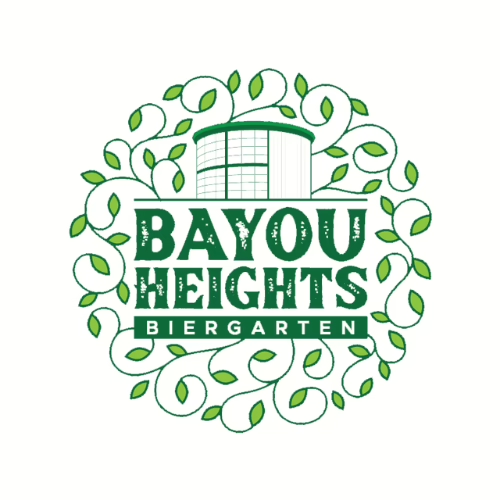
Holiday Social at Bayou Heights Biergarten – December 18
Celebrate the season with fellow native plant lovers! Join us for food, festive drinks, and community cheer. Whatever you celebrate, come mingle and dream up next year’s wish list—starting with more native plants!
-
-
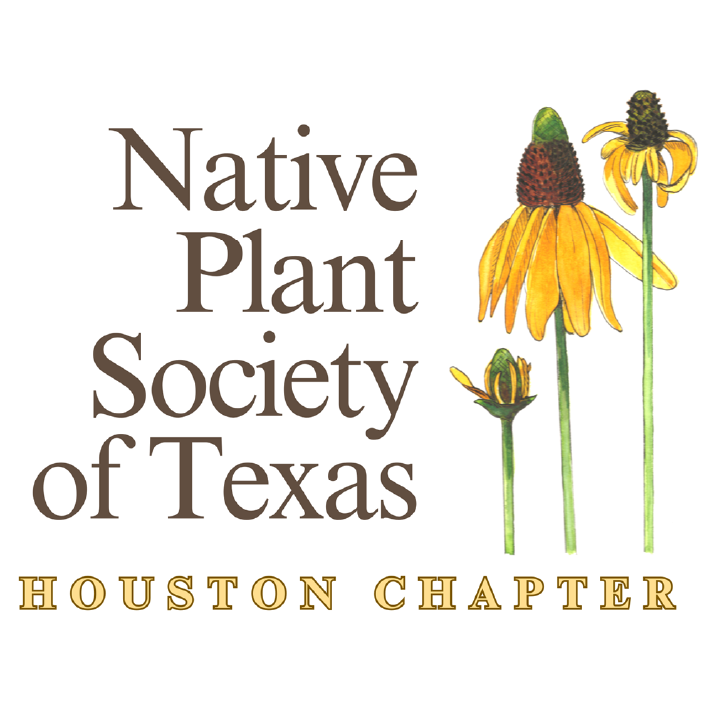
NPSOT-Houston Board Meeting
We are always looking for dedicated volunteers who are passionate about the native plant mission. Anyone is welcome to attend our board meetings on zoom for the fun and rewarding work that goes into our various projects.
Chapter News
Sponsorship Opportunities
The Wildscapes Workshop is the Houston Chapter’s only annual fundraiser. Proceeds support wildscaping grants, monthly meetings, invasive plant removal, field trips, classes, the Kate Hillhouse Scholarship Fund, local conservation efforts,

Speakers – 2024
Wildscapes Workshop’s expert speakers will inform and delight us with their knowledge of Texas water issues, trees for sustainable water management, and creatures that thrive in wet habitats.
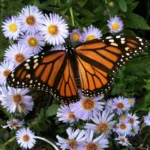
Accepting Applications to Our Wildscapes Grant Program Now thru Feb. 29
We are proud to announce that we have revamped our Wildscapes Grant Program. Funding availability has increased to $2,000 per project, and we are now distributing funding pools twice a year.
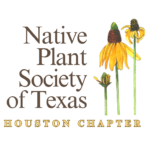
New Proposed Board Members
Review our proposed slate of board members and be ready to vote on January 18!
Watch Previous Events on Our YouTube Channel
Playlist
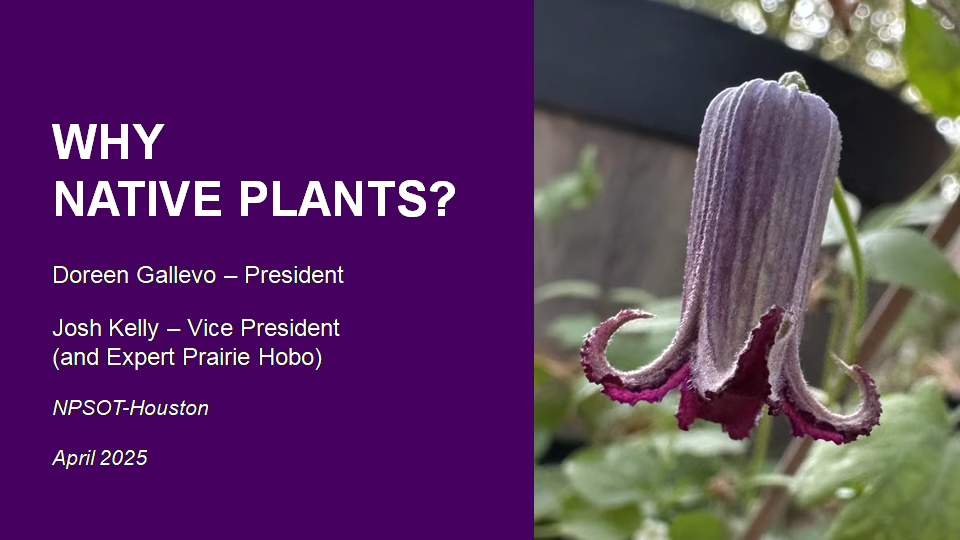

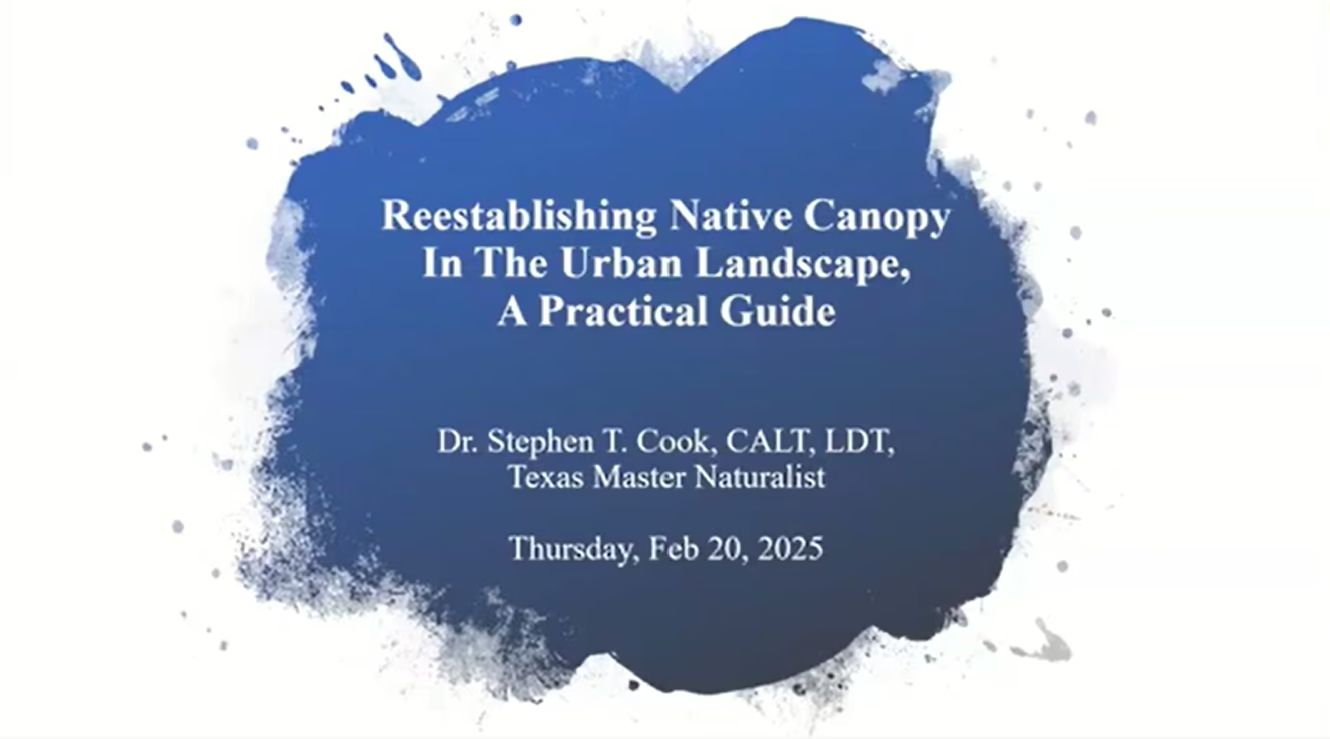



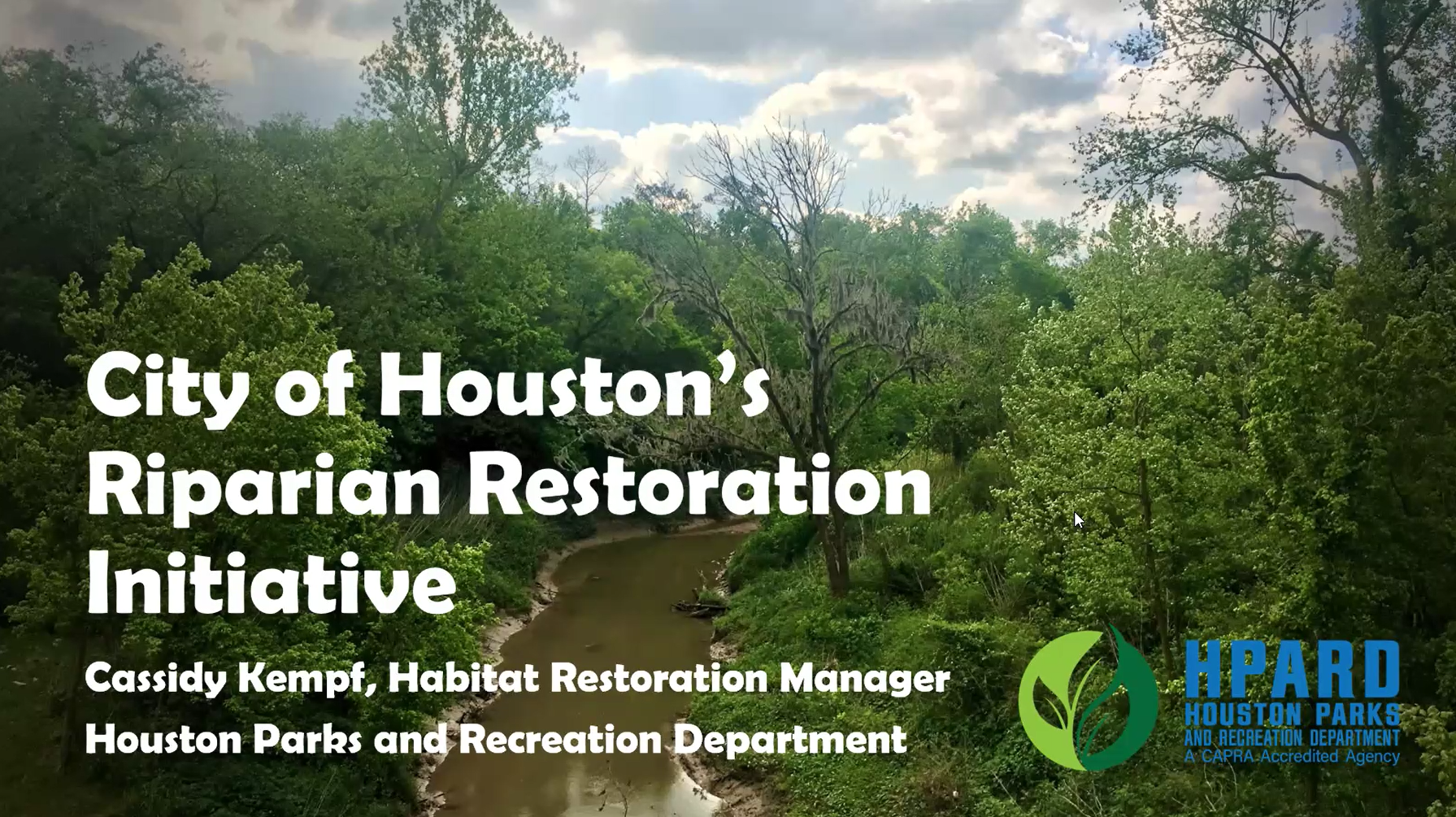



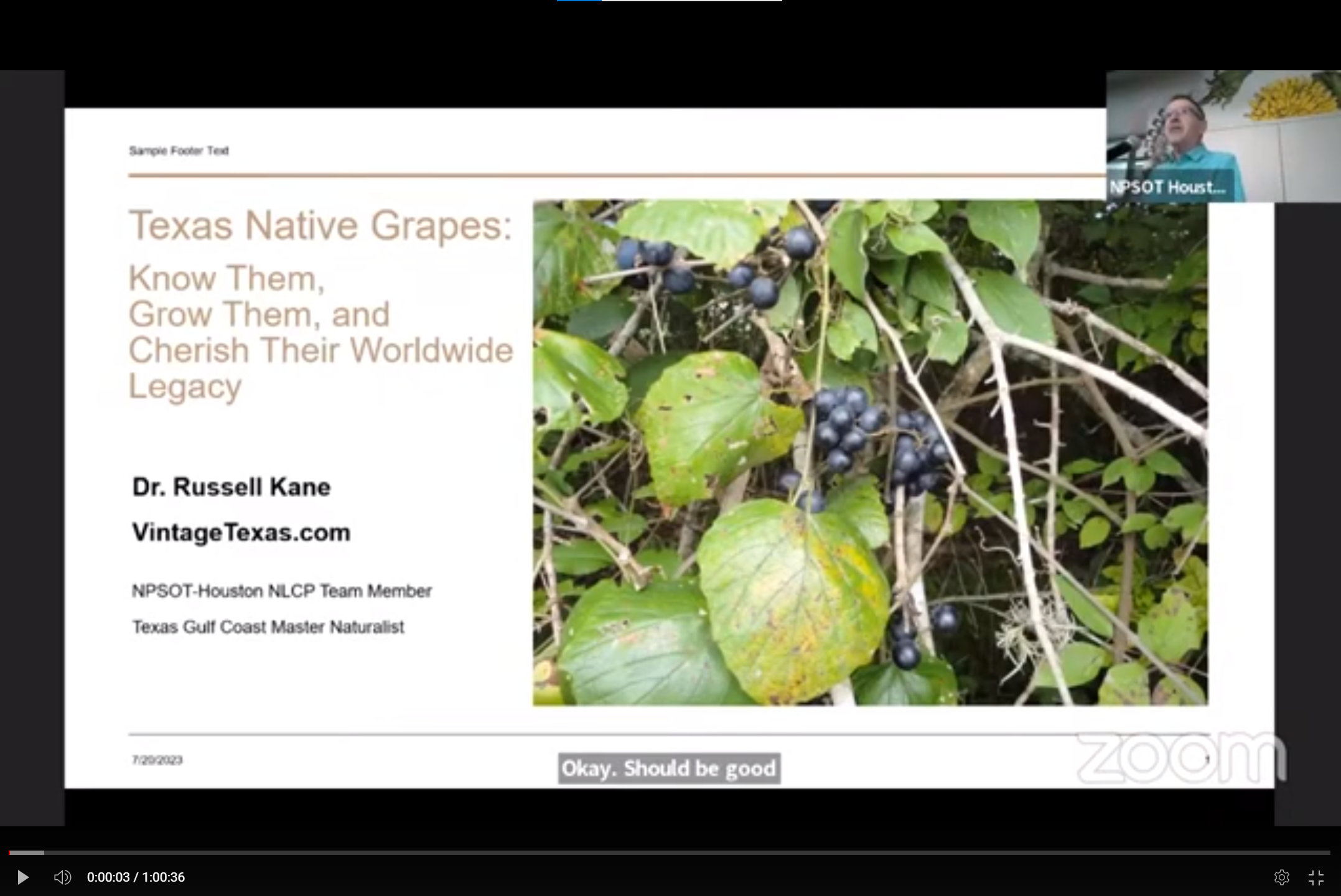
0:16
0:16
0:16
Amber Leung of Houston Audubon delves into the factors driving bird population decline and explores how we can make a difference.
Learn about Eric Ruchstuhl’s work removing invasive species in Texas and witness the unveiling of his results mapping the lost palms of Texas, Sabal mexicana.
Contact
Officers
- President – Doreen Gallevo
- Vice President – Andy Newman
- Treasurer – Tamara Haygood
- Secretary – Alejandro Carreno
- At Large – Reba Wiles-Gault (Past President), Linda Knowles, Briony Gannon, Lauren Berman, Elizabeth Hidalgo


